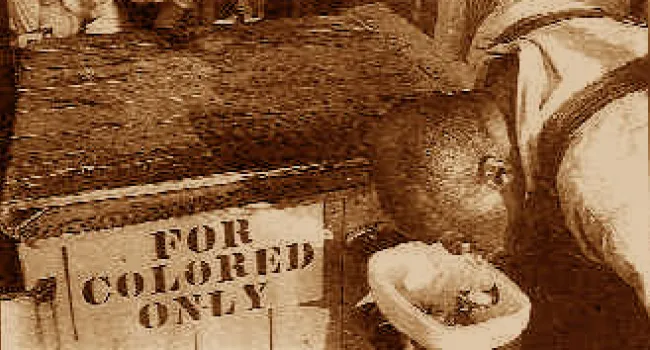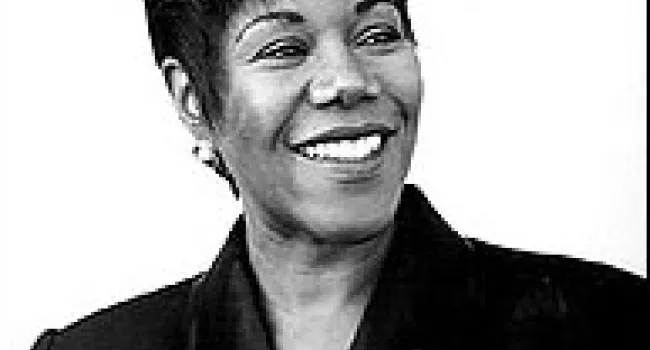
By the time Ruby was six years old, there were new laws stating that African American and white students had to integrate, or share, schools. People such as Martin Luther King, Jr. had worked for civil rights so all people could share the same education and opportunities.
In 1960, a federal judge decided that New Orleans public schools had to be integrated. Ruby was chosen with six other children to integrate previously all-white elementary schools. Though Ruby's mother was excited for her, Mr. Bridges was afraid Ruby might be treated badly at her new school. She was the only African American student chosen to attend William Frantz.
A group of policemen and federal marshals helped escort Ruby safely into her school.
Courtesy: Ruby Bridges Foundation
Standards
- 5.4.CE Analyze the causes and impacts of social movements in the U.S. and South Carolina.
- This indicator was designed to foster inquiry into the role of South Carolina in the Modern Civil Rights Movement, to include the influence of court cases such as Briggs v. Elliot and Flemming v. South Carolina Electric and Gas. This indicator was also developed to promote inquiry into the relationship between national leadership, protests, and events and South Carolina leadership, protests and events, such as the Friendship Nine and the Orangeburg Massacre.
- This indicator was developed to encourage inquiry into how different party platforms evolved following World War II. This indicator promotes inquiry into how the major parties came to represent different approaches to fiscal and political governance as well as social and judicial policies.
Cuando Ruby tenía seis años, había nuevas leyes que indicaban que los estudiantes Afroamericanos y Blancos tenían que integrar o compartir escuelas. Personas como Martin Luther King, Jr. habían trabajado por los Derechos Civiles para que todas las personas pudieran compartir la misma educación y oportunidades.
En 1960, un juez federal decidió que las escuelas públicas de Nueva Orleans tenían que integrarse. Ruby, con otros seis niños, fue elegida para asistir a una escuela primaria donde los estudiantes eran Blancos. Aunque la madre de Ruby estaba emocionada por ella, el Señor Bridges temía que Ruby pudiera ser maltratada en su nueva escuela. Fue la única estudiante Afroamericana elegida para asistir a la escuela elemental de William Frantz.
Un grupo de policías y alguaciles federales ayudaron a escoltar a Ruby a su escuela.
Cortesía: Ruby Bridges Foundation



